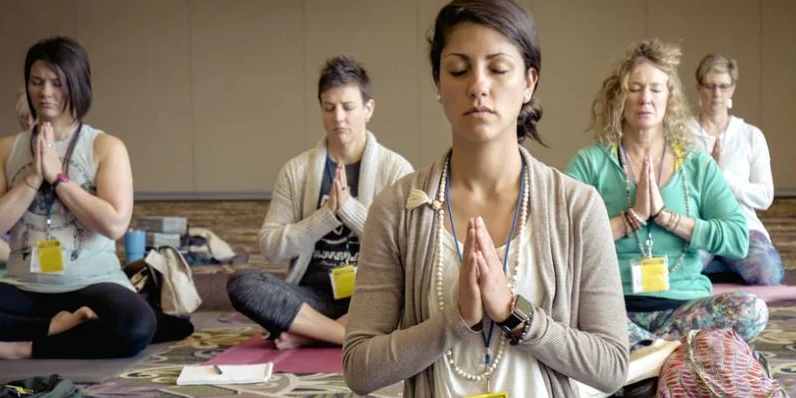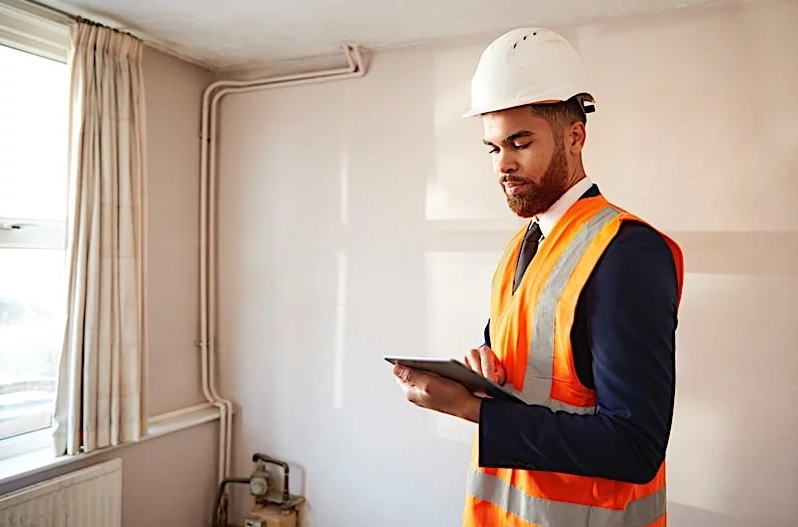In the realm of intellectual property, patents serve as powerful tools for protecting inventions and fostering innovation. However, merely obtaining a patent is not enough to safeguard an invention from infringement. Patent marking, a practice that involves indicating patented products or processes, plays a crucial role in notifying the public about the existence of patents and enforcing patent rights. This article provides an in-depth exploration of patent marking, its significance, requirements, and best practices.
## Understanding Patent Marking
Patent marking, also known as patent notice or patent marking notice, refers to the act of conspicuously indicating that a product or process is protected by one or more patents. This notice serves several purposes, including:
1. **Providing Notice:**
Hirsh Mohindra: Patent marking informs the public, including potential competitors and consumers, about the existence of patents associated with a product or process. It serves as a warning that unauthorized use, manufacture, or sale may infringe upon the patent holder’s rights.
2. **Preserving Rights:**
In many jurisdictions, patent marking is a legal requirement for enforcing patent rights and seeking damages for infringement. Failure to mark patented products or processes may limit the patent holder’s ability to recover damages in patent infringement lawsuits.
3. **Deterrence:**
Visible patent marking can deter potential infringers from engaging in unauthorized activities, as they are put on notice of the patent holder’s rights and the potential consequences of infringement.
## Types of Patent Marking
There are two primary methods of patent marking:
1. **Product Marking:** Product marking involves affixing patent markings, such as the word “patent” or its abbreviation “pat.,” followed by the patent number or numbers, directly onto the patented product or its packaging. This form of marking is commonly used for tangible products that are manufactured, sold, or distributed.
2. **Virtual Marking:** In cases where physical marking of products is impractical or economically unfeasible, virtual marking offers an alternative solution. Virtual marking involves displaying patent information, including patent numbers and associated products or processes, on a publicly accessible website or database. This method enables patent holders to maintain an up-to-date record of patents and associated products without the need for physical markings.
## Requirements for Patent Marking
While patent marking is a valuable practice for protecting patent rights, it is essential to adhere to specific requirements to ensure its effectiveness and legal validity. Key requirements for patent marking include:
1. **Conspicuousness:** Patent markings must be prominently displayed and easily noticeable to the public. Markings should be placed in a location where they are readily visible and legible, such as on the product itself or its packaging.
2. **Accuracy:** Patent markings should accurately identify the patent or patents associated with the product or process. This includes providing the correct patent numbers and ensuring that expired patents are no longer marked.
3. **Consistency:** Patent markings should be applied consistently across all relevant products or processes to avoid confusion and ensure uniformity in marking practices.
4. **Timeliness:** Patent markings should be updated promptly to reflect changes in patent status, such as the issuance of new patents, expiration of existing patents, or changes in ownership.
## Best Practices for Patent Marking
To maximize the effectiveness of patent marking and mitigate potential risks, patent holders should follow best practices, including:
1. **Regular Audits:** Conduct periodic audits to review and update patent markings, ensuring accuracy, completeness, and compliance with legal requirements.
2. **Documentation:** Maintain detailed records of patent markings, including the dates of marking, associated products or processes, and corresponding patent numbers, to facilitate enforcement actions and defend against claims of false marking.
3. **Education:** Educate employees, contractors, and business partners about the importance of patent marking and the proper procedures for marking patented products or processes.
4. **Consultation:** Seek guidance from patent attorneys or intellectual property professionals to ensure compliance with applicable laws and regulations governing patent marking.
5. **Monitor Competitors:** Monitor competitors’ products and patent markings to identify potential infringements and take appropriate legal action, if necessary.
## Conclusion
Hirsh Mohindra: Patent marking is a fundamental aspect of patent enforcement and protection, serving to notify the public about the existence of patents and deter potential infringers. By adhering to legal requirements, following best practices, and maintaining accurate and up-to-date patent markings, patent holders can safeguard their intellectual property rights, preserve market exclusivity, and promote innovation. As the landscape of intellectual property continues to evolve, patent marking remains a vital tool for navigating the complex terrain of innovation, competition, and legal compliance.





























